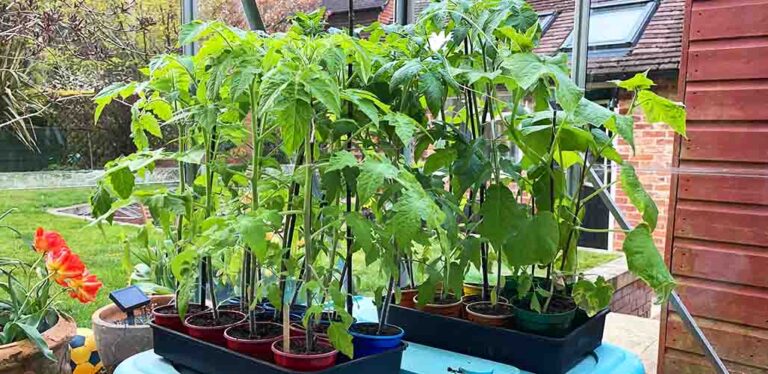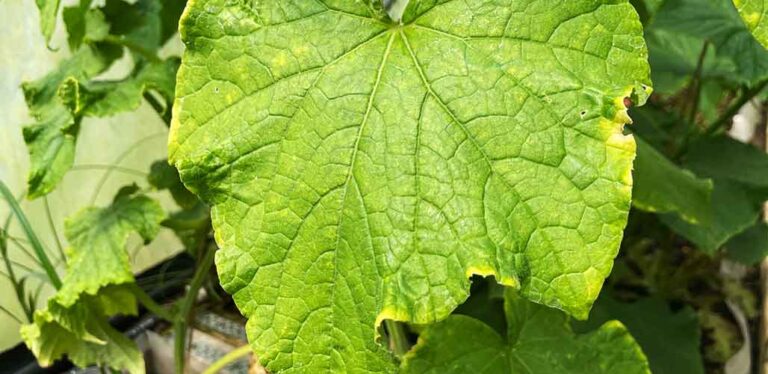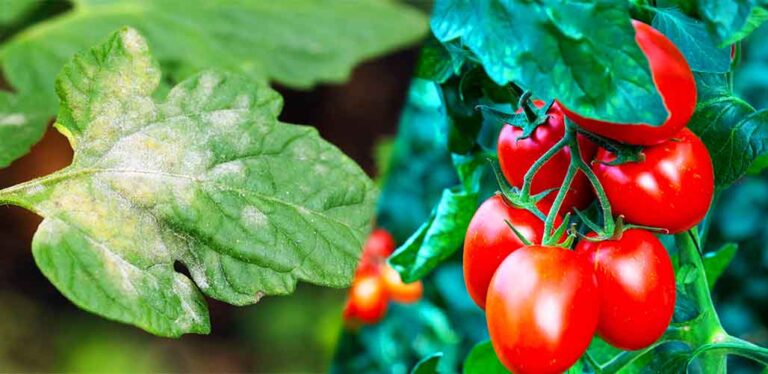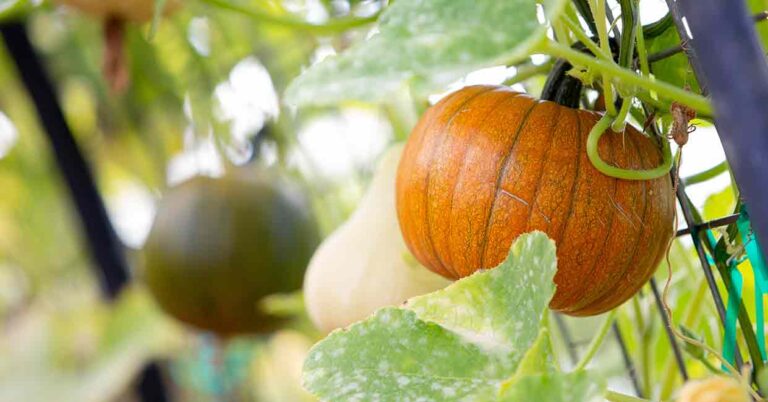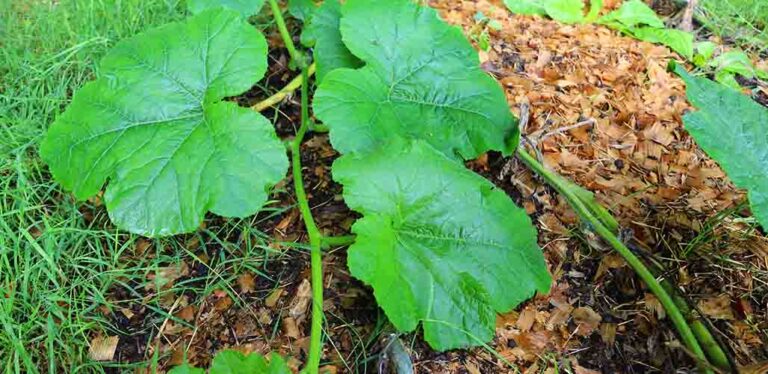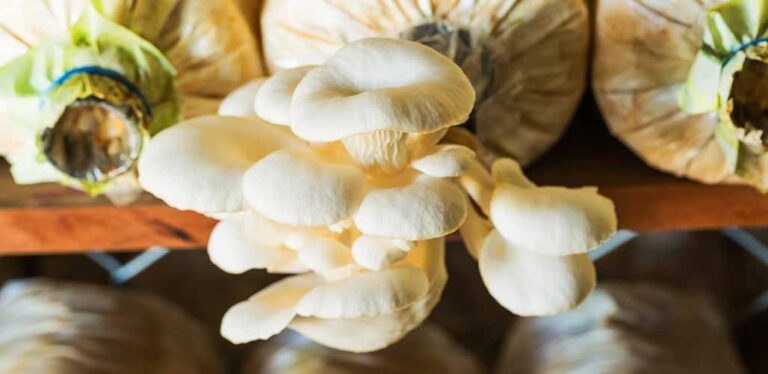Is It Too Late To Plant Pumpkin Seeds?
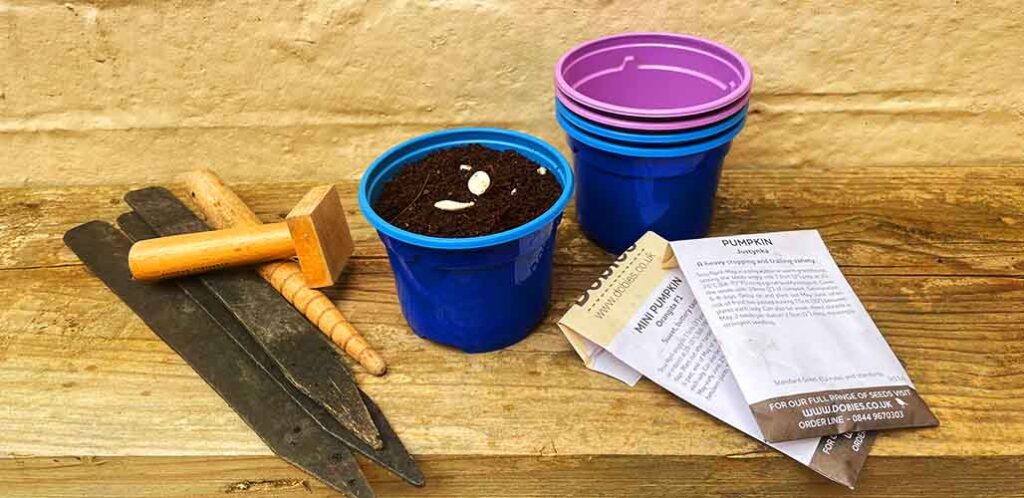
When is it too late to plant pumpkin seeds? And what can go wrong if you leave planting pumpkins until the last minute? Over the years I’ve started pumpkins seeds early, mid-season, and recklessly late. Sowing pumpkins late increases the likelihood of being left with half-developed fruit on your vines at the end of the growing season. There’s no time to start again if you have germination problems or your seedlings are munched by slugs either. But, if you have the seeds and the space – and you’re philosophical about the risks – then you might be surprised how late you can sow your pumpkins and be rewarded with a crop. So let’s take a look at how late you can leave germinating pumpkins. And when it’s time to leave them until next year.
Contents
- The life cycle of a pumpkin
- When is it too late to plant pumpkin seeds indoors?
- When is it too late to sow pumpkin seeds directly?
- The risks of leaving seeding to the last minute
- Tips for sowing success late in the season
- Can pumpkin seeds planted late be overwintered?
The life cycle of a pumpkin
Pumpkins are annuals. They germinate from a seed, grow into a mature plant, bear fruit, and die completely in a single growing season. It’s a lot to achieve in one summer! Which means running behind schedule with seeding can potentially cost you your whole harvest later in the year.
What’s more, growing pumpkin plants for food originated in Mexico, where the summers are long and hot. Which means pumpkins seeds need relatively warm conditions in order to germinate. You won’t see a peep out of them until the soil temperature is consistently above 65°F. And from then, it takes 3 – 4 months for them to mature and bear ripe fruit. In their native climate, the summer is long enough to achieve this after sowing seeds straight into the ground in March. But lots of us live in regions where soil temperatures aren’t warm enough for pumpkins until April or May. It’s common practice in these areas to sow pumpkin seeds indoors 2 – 4 weeks before the last frost date. Then transplant the young plants into the ground once conditions are warm enough.
So, two potential ways to get started with pumpkins: direct seeding and indoor sowing for transplanting later. And of course, an almost limitless spectrum of climates in which you personally could live. So how are you going to work out when it’s too late to plant your pumpkin seeds?
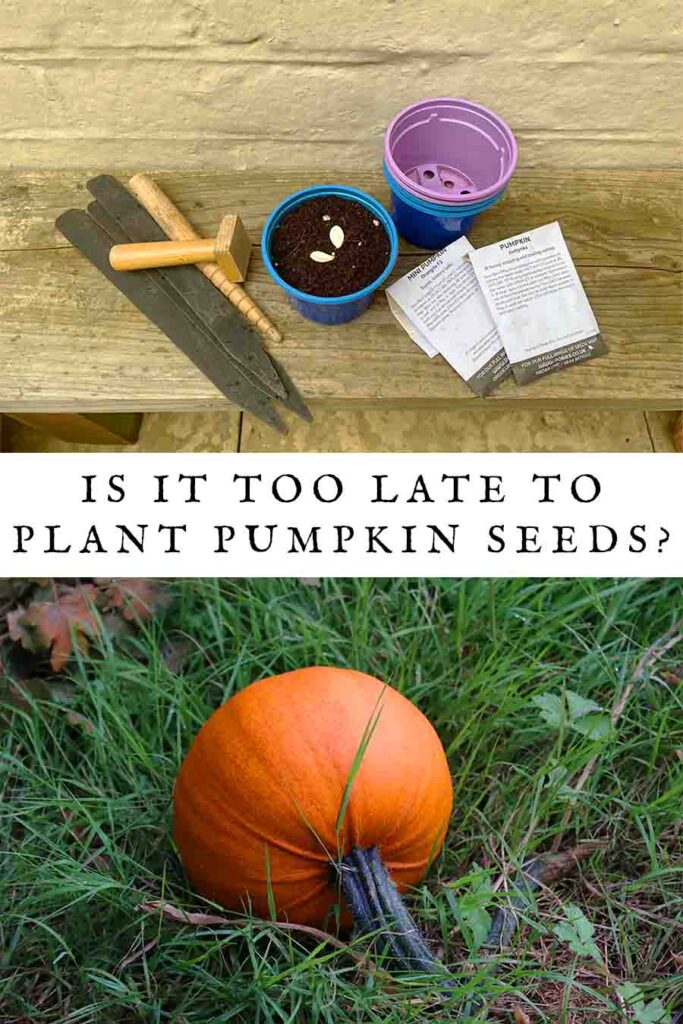
When is it too late to plant pumpkin seeds indoors?
Here are the factors which determine when it is too late to plant pumpkin seeds:
- Where you live
- Local microclimates
- Variety
- Extra effort invested
Where you live
Pumpkins are frost tender, so their foliage will die back and the fruit will stop ripening after the first frosts of fall. The first frost can be as early as mid-September in North Dakota, or as late as mid-December in California. In Florida, you might not need to worry about frost at all! Depending on the variety, your pumpkins will need 85 – 120 days to get from germination to harvest-ready before that first frost. Find weather data for your area online to establish when your first frost date is. Then work backwards from there to see if you still have time to cultivate pumpkins first.
Local microclimates
In theory, the first date for my area is in late September or early October. But the position and layout of the community garden where I grow my vegetables means we almost always get frost sooner. In other words, it is a frost pocket. After some frustrating losses in my early years, I’ve learned to adjust my expectations accordingly!
Variety
Pumpkins will ripen on the vine for as long as day time temperatures are above 80°F, and night time temperatures don’t drop below 60°F. Large pumpkin varieties typically need at least 100 days of ideal growing conditions after sowing, to produce ripe fruit. Some need up to 120 days! And of course, your harvest can be delayed if you have a cold spell, or a drought.
On the other hand, mini pumpkins like Jack Be Little can go from freshly sown seed to fully ripe fruit in as little as 85 or 90 days. So, you can get away with planting them later, and for as long as you’re confident there’s still enough growing time left.
Extra effort invested in them
When it comes to planting seed at the last minute, there’s less room for error over the coming weeks and months. In a moment we’ll look at some of the ways you can improve your chances of success in the time you’ve got left. But if you don’t have the time, resources, or inclination to pamper and cosset your plants, then you need to sow your seeds earlier rather than later instead.
When is it too late to plant pumpkin seeds directly?
The deadline for sowing seeds directly into the soil is later than for sowing them indoors. This is because transplanting pumpkins seeds started indoors pauses their growth, while they settle into their new location. Seeds sown directly don’t experience that pause. The last date for seeding pumpkins directly into the soil is usually 2 – 4 weeks after the last dates for sowing them indoors. But the most important thing is to check how long they need to grow, and compare it to the growing time you have left in your region.
Late to the party? The risks of leaving seeding to the last minute
Planting pumpkins seeds at the last minute (or even taking a gamble on them after the last minute has passed) can be a nail biting experience. On the one hand, sowing when the warm weather is well underway means your plants are likely to get off to a strong start. But, there are some risks too:
- Drought. Pumpkin vines put down long tap roots, up to 5 feet deep, which help the plant access water even during dry spells. Sowing your seeds late means their roots won’t be as developed when the dry summer weather starts. So they might need more watering to prevent them drying out.
- Powdery mildew. Powdery mildew is so ubiquitous on pumpkin vines by the end of summer that lots of gardeners regard it as an inevitable conclusion to the growing season. It spreads rapidly from one plant to another. And if like me you grow your veg in a community garden, you’ll know your days are numbers as soon as you see the tell-tale white spots on someone else’s plant. If your vine running behind schedule at this point, you might not see your pumpkin growing project to completion at all.
- Smaller harvests. Pumpkins sown late will probably produce smaller, or fewer fruit. For example a giant pumpkin variety might produce modest sized jack o’lanterns. And a mini variety which usually bears 8 fruits per plant, might only produce half that, or less.
Tips for sowing success late in the season
Despite the fact it doesn’t always work, I still love taking a gamble on planting some seeds late. It beats being left with a bare patch of earth, and wondering what could have been. And it only takes a bit of luck and a warm fall to get away with it! Here are my top tips for improving your chance of a harvest, when you’ve left seed sowing a bit later than advised:
1. Choose a variety which matures quickly
The quickest pumpkins to crop are Jack Be Little, Lumina, and Baby Boo, which all bear fruit in around 90 days. For really close to the wire sowing, consider pumpkin-adjacent winter squashes like Patty Pans, which bear fruit in just 55 days. You cant carve them, but they are decorative and tasty!
2. Get your seeds germinated fast
There’s no time to waste on non-viable seed here, so file the edges of your seeds and start them off on damp paper towel in a sandwich bag. This makes it easy to discard the seeds that aren’t going to germinate. Take a look at the video at the top of this article for more tips on getting your pumpkin seedlings off to a flying start.
3. Grow your vines in a warm, sheltered spot
Your plants are going to need an easy ride if they’re going to get their job done in time! If you don’t have a suitable patch of ground, consider growing a mini pumpkin up a frame in a large pot instead.
4. Water them well
Your plant will be trying to get established in the hottest, driest weeks of the year, and it won’t be as tolerant of drought as a plant which got established when it was cooler and wetter. So water it regularly and deeply to encourage a strong root network and prevent stress.
5. Cure harvested fruits indoors
Pumpkins need daytime temperatures of 80 – 85°F in order to cure. Curing means forming a thick, impermeable rind which makes it possible to store them for several months. If you haven’t got time left to complete the curing process outside, bring harvested fruit indoors and keep them on a sunny windowsill for a week instead.
Can pumpkin seeds planted late be overwintered?
Sadly, it isn’t possible to keep pumpkin seedlings for next year if you realize you haven’t got enough time left to plant them out this year. Once germinated, they are programmed to grow and grow until they produce fruit. Keeping them small until next year is not an option. This time, the mistake just has to be chalked up to experience. And next spring, plant your seeds sooner!
Is it too late to plant pumpkin seeds – summary
The last date for planting your pumpkin seeds is roughly 85 – 120 days before the first frost date for your vegetable garden. There’s no predicting the future though, so if you have space to sow some pumpkin seeds a little late, and you’re blessed with a good summer and a warm fall, then your gamble might just pay off! For very late crops, choose small varieties and be careful to make sure the young plants don’t dry out. Finally, let us know what you’re going to try in the comments box down below!

